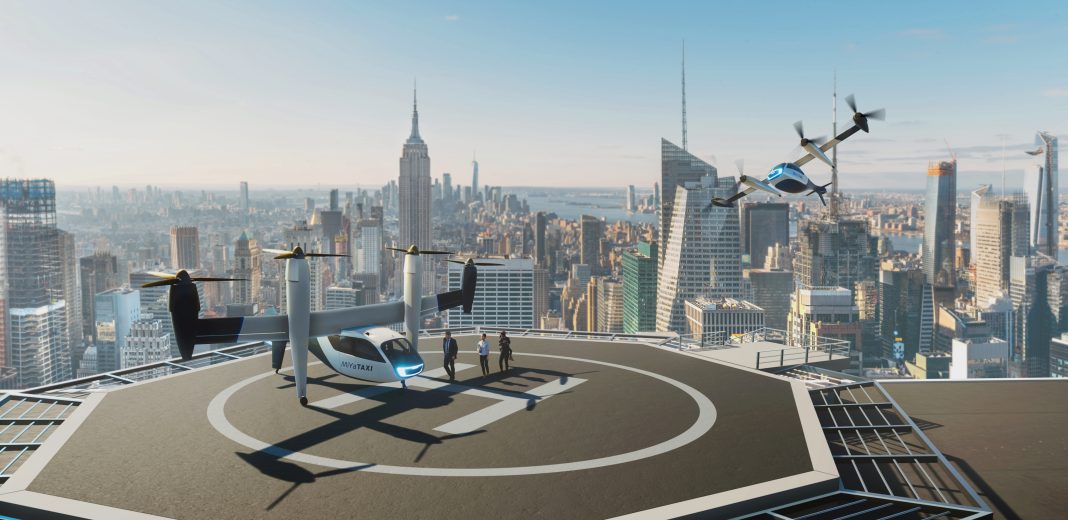Urban Air Mobility (UAM) is set to revolutionize urban transport by taking it to the skies, potentially easing congestion, reducing travel times, and contributing to environmental sustainability. This transformative concept involves the use of Electric Vertical Takeoff and Landing (eVTOL) aircraft, drones, and air taxis to transport people and goods across urban landscapes. As we stand on the brink of this new era, it’s crucial to explore how UAM could reshape city transport in the coming years.
The State of UAM Development
The UAM market has witnessed significant growth and investment, reflecting a strong belief in its potential. Despite economic uncertainties, the Future Air Mobility (FAM) sector attracted $4.5 billion in disclosed funding in 2023, indicating sustained interest from investors. The emergence of eVTOL aircraft, alongside advancements in drone technology for cargo and delivery services, highlights the sector’s dynamic innovation. Moreover, global events such as the COVID-19 pandemic have only temporarily slowed progress, with the market poised for strong growth post-recovery.
Market Dynamics and Key Players
With a projected market size of USD 45.40 billion by 2036, UAM’s future is bright. The market encompasses various vehicle types, including air taxis, which are expected to see substantial growth due to technological advancements and the rising demand for efficient urban transport solutions. Leading companies like Joby Aero, Inc., Embraer SA (through Eve UAM LLC), and Volocopter GmbH are at the forefront of this emerging industry, actively working towards certification and commercial deployment of UAM technologies.
Regional Insights and Future Prospects
UAM is gaining traction globally, with significant developments in North America, Europe, and the Asia-Pacific region. The United States is a major hub for UAM innovation, while Europe’s heavy investment in technology, exemplified by companies like Airbus, is setting the stage for rapid market growth. Asia-Pacific, led by initiatives in countries like China and India, is also expected to experience significant expansion, driven by the adoption of eVTOL for urban air transport.
Challenges and Opportunities
As UAM prepares for takeoff, it faces several challenges, including regulatory hurdles, public acceptance, and infrastructure development. However, these challenges also present opportunities for innovation in air traffic management, safety standards, and sustainable urban planning. The expansion of drone delivery services and the establishment of eVTOL air taxi services in urban centers are just the beginning of what promises to be a transformative journey towards a new dimension in urban mobility.
Conclusion
Urban Air Mobility holds the promise of transforming city transport by offering a sustainable, efficient, and innovative alternative to traditional road transport. As the industry overcomes existing challenges and moves closer to realization, the dream of flying cars and drones efficiently ferrying passengers and goods across urban skies is set to become a reality. The journey towards urban air mobility is not just about technological advancement but a step towards reimagining the future of urban living and mobility.

